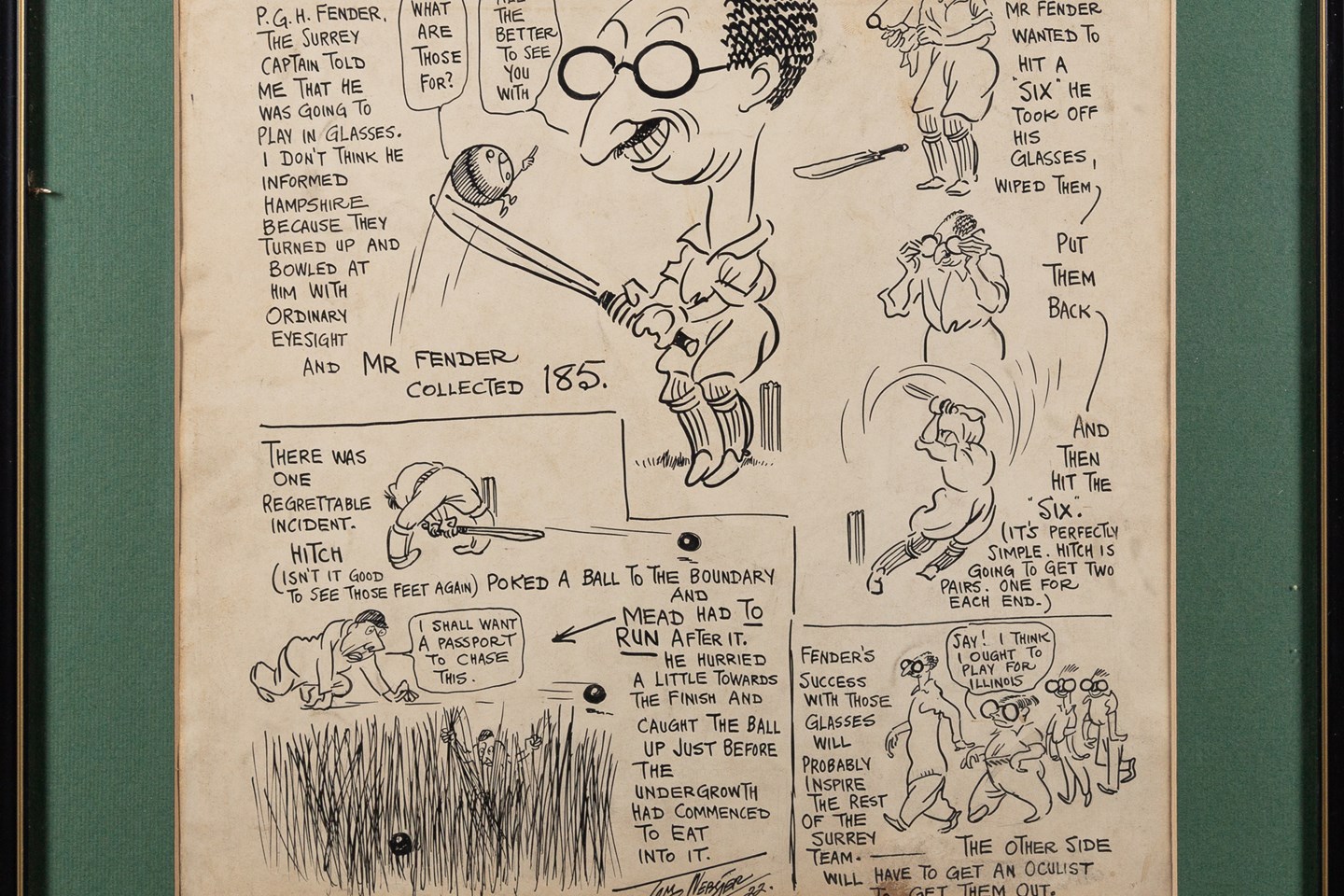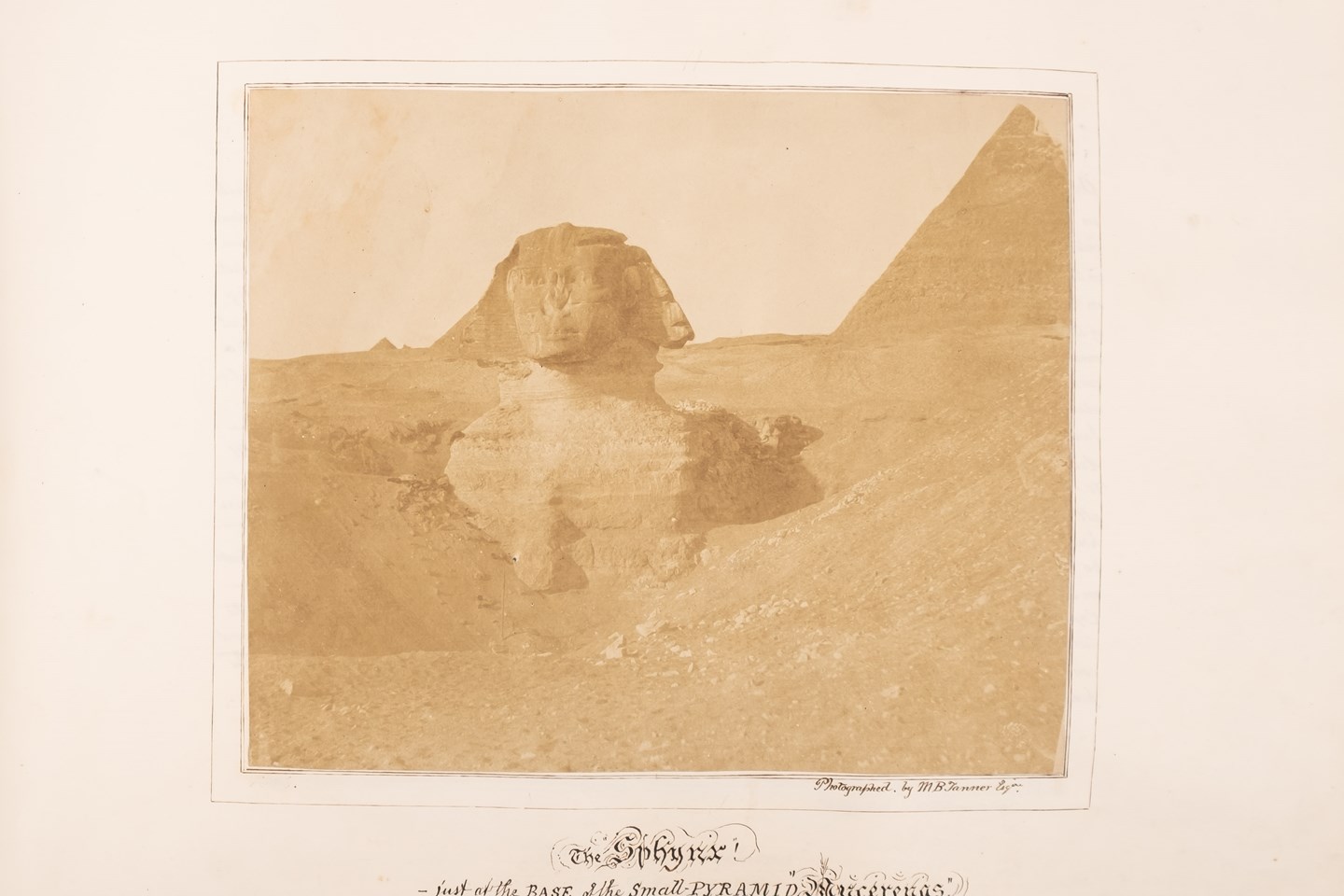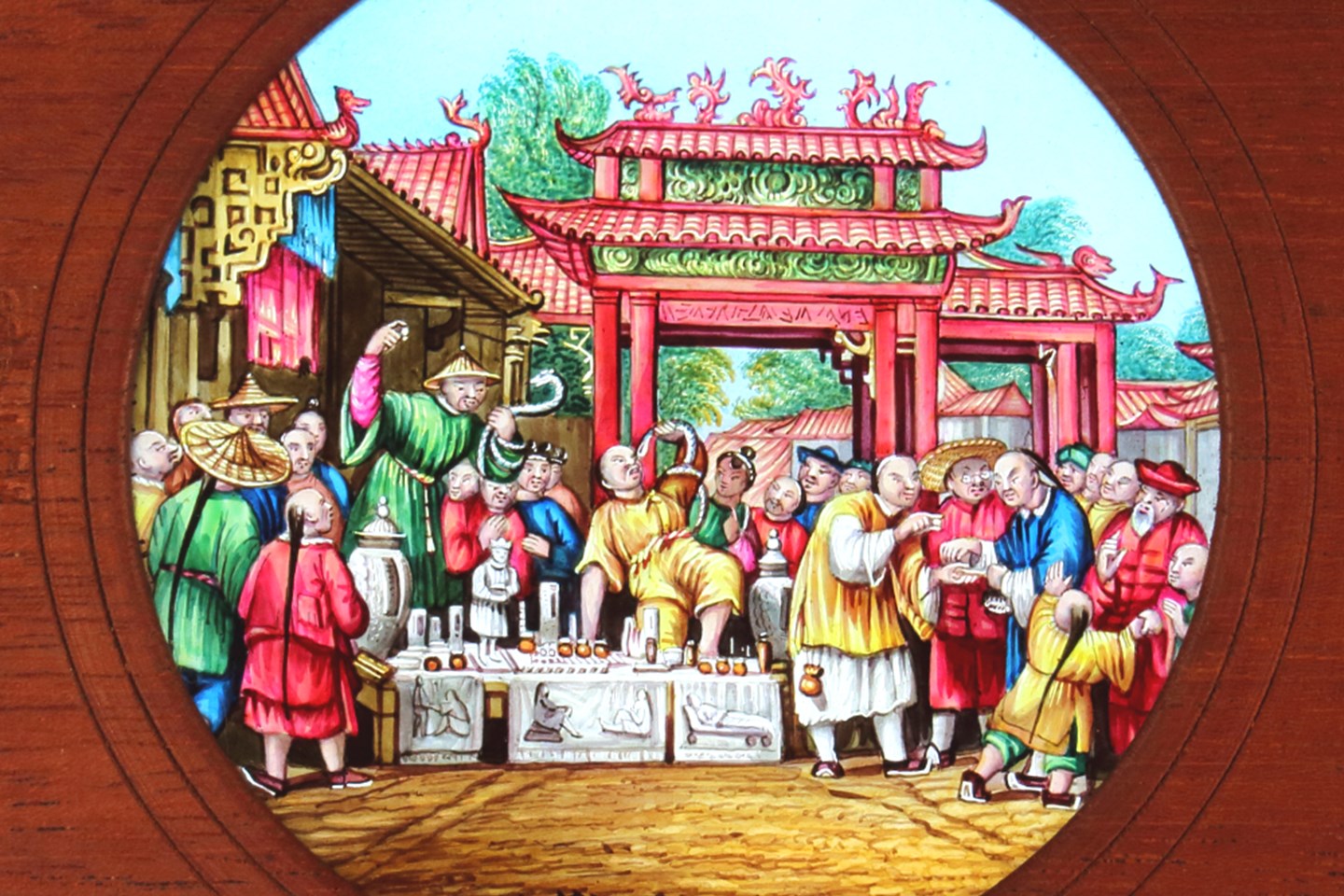![Istvan Szegedi Szuts [1892-1959] - My War Book. Two Volumes of the Original Pen, Ink and Wash Drawings (FS18/316) offered in our Two Day Fine Art Sale starting on 24th April 2013 at our salerooms in Exeter, Devon.](/import/articles/2013/03/19/istvan-szegedi-szuts-1892-1959-my-war-book-drawings.jpg)
Istvan Szegedi Szuts [1892-1959] - My War Book. Two Volumes of the Original Pen, Ink and Wash Drawings (FS18/316) offered in our Two Day Fine Art Sale starting on 24th April 2013 at our salerooms in Exeter, Devon.
Lot 316 in our picture sale on 24th April 2013 is an extraordinary group of poignant and moving pen and ink drawings by Istvan Szegedi Szuts (1892-1959) (FS18/316), which narrate a heartbreaking story about the cruelty of war.
Istvan Szuts served in the First World War and the reader assumes the drawings and the titles reflect his thoughts and experiences. The pen and ink drawings are breathtakingly simple with an economy of line reminiscent of Eric Gill and Keith Vaughan.
The published book is a wonderful read and the printed images moving; but the original drawings are something else altogether! They make the hairs on the neck stand, the heart race and the eyes moisten.
They are alive. They jump out at you and assault you, your mind explodes with thoughts and emotions, you are left bruised and disturbed. You have been transported back to THAT WAR, you have been THAT SOLDIER and maybe you will fight on the side of peace and compromise forever.
The Drawings
The following page-by-page document sets out all 219 drawings in a convenient and easy to review fashion.
 Drawings by Istvan Szegedi Szuts (Page-by-Page)
Drawings by Istvan Szegedi Szuts (Page-by-Page)
Introduction to My War by Ralph Haze Mottram
Below is the forward to the book My War by Ralph Haze Mottram (1883-1971), writer, novelist and WWI poet.
As I sit down to write this, the admirable male voice choir that performs for the BBC bursts upon my ear with all those unforgettable things we used to sing- "Tipperary", which meant nothing at all but the pre-War audience's desire for something woolly that would mingle with the fumes of bottled stout: "Where are the Lads of the Village to-night?" which was almost sinister, prophetic of a pompous patriotism that foreshadowed recruiting propaganda, and the days when it became necessary to cajole, bully and finally force men who didn't want to go, into the battle: and "Oh, Oh, Oh, it's a lovely war!" most English of all with its pre-occupation with food and wages that reflects the mentality of the third year. And with those heartening, if foolish strains, it all comes back to me, that inescapable, irreparable, unbearable, fatal thing that happened to come upon our generation and brand it, the thing we call The War.
Everyone who cares to, knows the literary and pictorial repercussions of the thing, which may be said to have begun with the "First Hundred Thousand", a novel, and Bairnsfather's deliberately comic pictures, and have culminated in the War Book boom: 1929. Yet, even after that, there was a general feeling in many quarters, that the thing had still escaped full representation, much less definition. Criticisms of some of the latest works on the subject ran continuously in the vein: "When shall we get the really great War book?" - "The final total expression of the War is yet to come", and so forth.
And the longer one ponders upon this, the more one sees it must be so. The thing itself was so much greater than its component parts - that is, ourselves - that none of us can get sufficiently far away, sufficiently above it all, either in print or charcoal, to see it either steadily or whole.
Nor is the case of the well-informed looker-on-whose reminiscences and disquisitions on the subject must by now be nearly as numerous as the works of fiction dealing with it - nor that of the renowned academicians who have portrayed it - any better. They had the dispassionate leisure, but by just that much they fell short of the whole and complete picture. For they were not combatants and could not feel it as we did.
Here comes a Hungarian artist whose London exhibition earned him praises that relieve me of the necessity of trying to place his technical achievement. I have only to indicate, if I can, in what way he has materially added to the testimony of witnesses to which subsequent generations must have recourse for their information (I am often laughed at for supposing they will want to, but I still hope so).
Szuts' book of 206 drawings is called "My War and I think rightly so. Certainly anyone of our generation, and possibly everyone who tries, can only give the complete cosmic view of the thing by sticking closely to personal experience. The most universal pictures that have earned the most cosmopolitan appreciation are not mappemondes, but subjects painted within the artist's own family or from his own doorway. Thus the distinctive Hungarian uniforms and landscapes, and the artist's private feelings soon fade away into scenes that were common to two hemispheres, and emotions that were shared by millions. His portrayal is firmly rooted in a sufficiently strong individual view and national, in fact, local consciousness. He begins with a figure which it is most natural he should begin with-that of the youth without preoccupations, one of those whose inexperience and virile primitive instinct alone make war possible. There he is, in his comfortable home, with both parents alive and a sweetheart. The news of the declaration of war fills him with enthusiasm. The War, of course, is something in which one shows one's manhood, away over there where the War is going on. He is going to fight. He is trained to do so, in nice clean parade grounds reserved for military exercise. That a battlefield is something different, something that, in civilised Europe at least, cannot be confined to parade grounds, but overflows into someone's garden, into civilian streets full of women and children, into: ne's railway station and waterworks, does not dawn on him, and no one tells him of this aspect of it. He has a uniform to show that he is marked out for the most spectacular of male avocations, he has weapons to show that he is a real man, as men have ever been since they lived in caves, he has a horse to ride. What more can a healthy boy want ? He takes leave of the home he has known, the girl he has loved, and goes. And I think Szuts is quite right to supply a secondary hero, in drawings 20 to 31, a middle-aged peasant with a wife and family, to give stiffening to the romantic "little hussar." And with him come in those other involuntary participants, the swift knowing horses that man has so much over-sensitised by association with himself, until, like Miss Sewell, we are inclined to credit them with all the best of human perceptions, or even, like Swift, to picture their kingdom as infinitely superior to that which we humans occupy. So men and dumb creatures go forward into the thing that is to envelop them. The two stories, running parallel, have here of course to be shown in detached sections, but the titles relating to them make the treatment clear.
Then, at Number 56, the Little Hussar and Isikos, the Breadwinner, representing, if you like, the ornamental and the useful sides of life, suddenly come upon the thing which they have heard of as the distant, all-important, exhilarating War, that made all fatigues and privations worth while, and even justified the terrific sergeant-major here shown. How quickly all that brightly-coloured parade fades before the reality that M Szuts' methods seem to me to depict so vividly. Isikos is wounded, the Little Hussar decorated, and celebrates it. The War atmosphere has completely enveloped both. This is what their differing fate alike betoken, the incapacitation of the breadwinner, and for the lucky young hussar the awful length of active service, no getting away from it, and its mockeries of Church Parade. Then he too is wounded and after excruciating nightmares goes to hospital. There he has the full enlightenment as to what War is, in the letter from his sweetheart telling of the fate of his home, of her fate and of the desperate bravery with which she has made the poor best that can be made of such things. Szuts keeps before us in a masterly way the fact that the enemy who commit these atrocities are, of course, only doing exactly what the Little Hussar and Isikos have themselves done, directly or by implication.
The Hussar comes out of hospital to an even clearer realisation of what has happened. He sees bread queues, a population of starving women and children, hordes of prisoners, and, turning from these to the music-hall, he sees what salvage his sweetheart has made of herself. But not for him. Nor is he more fortunate in his visit to the ruins of his home. So he goes back to the battle which alone has remained steadfast. That, as some of us remember, was the one thing that did not change. And about Drawing 174, we come to the part about which we, in England, know only a little, not very much. The little Hussar tries to stop the thing that has got hold of him and all the others. "Stop killing," he cries to his comrades, then he comes up against the full force of the calamity. There are too many interests involved for this sort of talk to be permitted. He is arrested, tried, condemned and shot. To this the paths of glory lead.
Such is the story as the artist tells it. A good many of us may shrink from it, some because we don't wish to believe it, some because we know it to be all too true. More of us would shrink if the sheer ability of the drawings did not provide so engrossing an entertainment. That, of course, is the first business of any work of art. It must attach the attention of a public, however small, however select. Possibly the smaller the public, the greater the staying power of its reputation. In fact, the worst of so much commercial art is that it gets no further than providing an entertainment. Certainly Szuts has done more than that. He has stated honestly, and I think not unfairly, though very probably too strongly for some people, his view of a piece of contemporary history. From the point of view of the student of human nature this is a great service. These drawings have to be compared with the sort of contemporary presentation made by witnesses of previous world wars. Then we see how much the view of War has changed.
There follows for those who are really interested the investigation of this changing mentality. In early days all men fought. No public authority existed that could by other means decide man's endless differences. But the business of getting together those old tribal or feudal armies was so cumbersome that experts invented the professional army enlisted for life; this was all part of the long inevitable tendency towards specialisation that marked the rise of religious orders, the segregation of trades in various streets or markets. The professional army has long been an anachronism and anomaly in the highly complicated modern state professing Christianity. But the War of 1914-1918 went much further. It exemplified for the first time the methods of mechanical mass production applied to War, as distinct from the old handicraft of fighting individually with side arms. The Hussar in Szuts' drawings has no quarrel with the enemy any more than a factory operative in Lancashire has a personal affection for some one who buys his product on the other side of the earth. Impersonality has overtaken us in all these matters. That is why, besides catching the eye, stirring the emotions, awakening memories, I think there must be a future for Szuts' point of view. He is, in his degree, one of the chroniclers of a fundamental change in human nature.
Fine Art Knowledge
Istvan Szegedi Szuts (1892-1959)- Bearnes Hampton & Littlewood
- Fine Art Auctioneers
- Istvan Szegedi Szuts (1892-1959)
- Ralph Haze Mottram (1883-1971)
Istvan Szegedi Szuts - My War was written on Tuesday, 19th March 2013.


![Istvan Szegedi Szuts [1892-1959] - My War Book. Two Volumes of the Original Pen, Ink and Wash Drawings (FS18/316) offered in our Two Day Fine Art Sale starting on 24th April 2013 at our salerooms in Exeter, Devon.](/import/articles/2013/03/19/istvan-szegedi-szuts-1892-1959-my-war-book-drawings.jpg)



